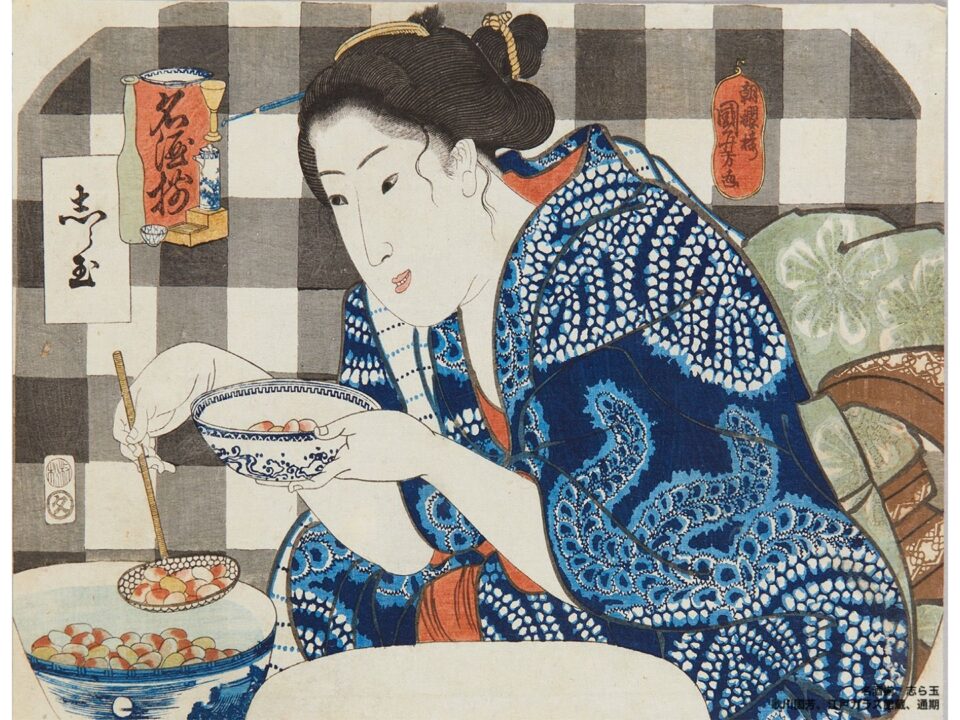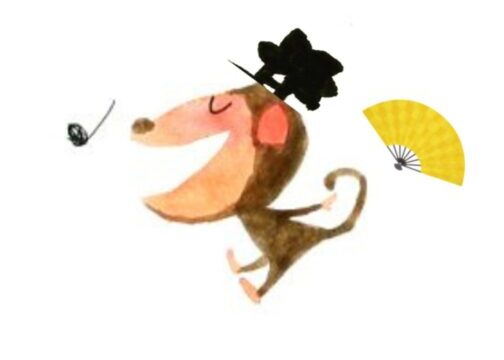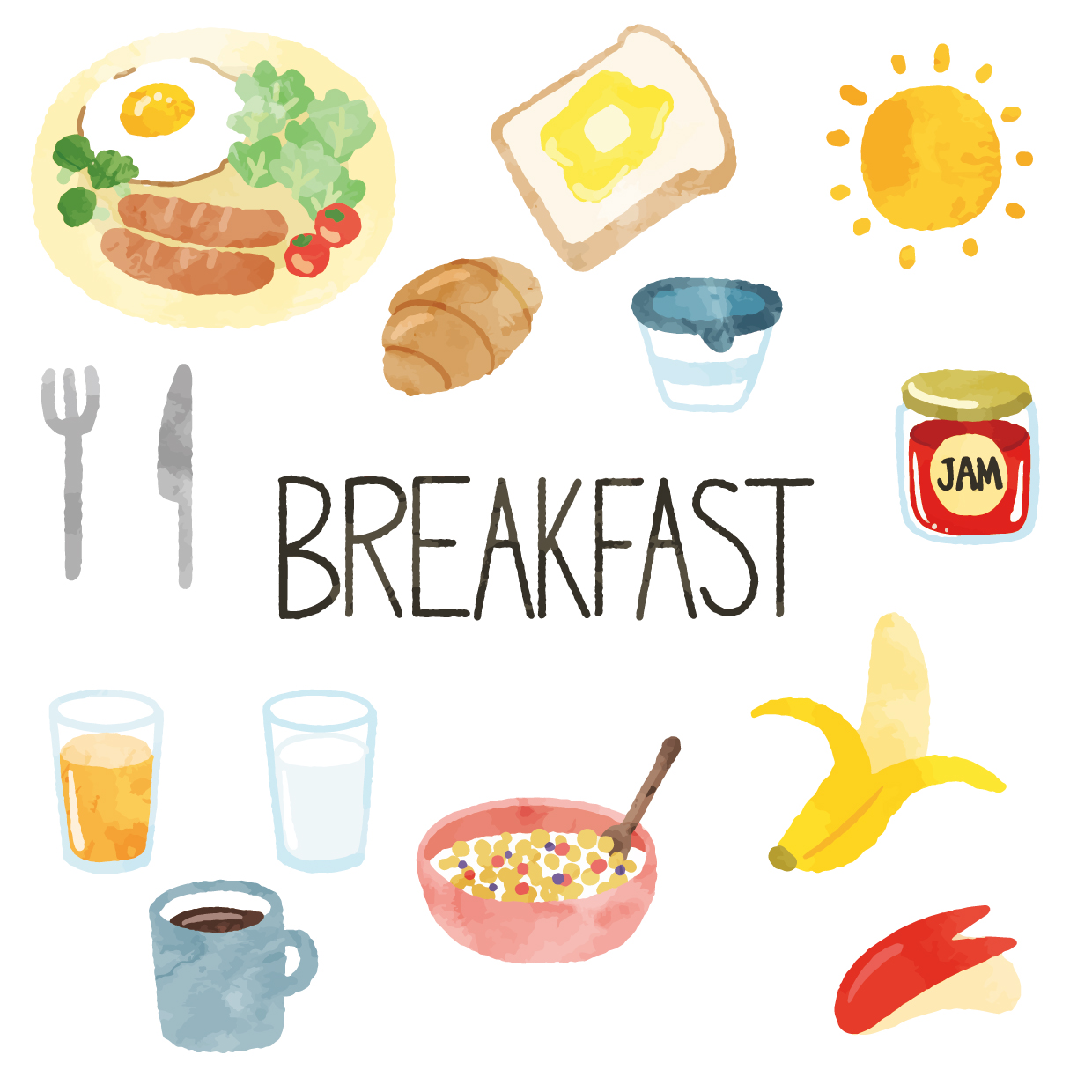Good morning, Sarudono.
Continuing from yesterday, today, I would like to give you one more information about Kobe.
There is a hotel in Kobe that I have long dreamed of visiting!
The name is Kobe Kitano Hotel.

(SARUDONO)
What kind of hotel is that?
It is a Western-style brick building that appears as you stroll down Tor Road from Sannomiya, and was opened in 1992.
It is known as the best auberge in Kansai.
And the reason I continue to adore this hotel is, of all things, the breakfast!
It’s the best breakfast in the world♪

(SARUDONO)
The best breakfast in the world?
What does that mean?
Yes.
The world’s best breakfast is the title given to the breakfast menu created by Bernard Loiseau, a leading figure in the French culinary world.

(SARUDONO)
Mm-hmm.
I see…
So, who the hell is Bernard Loiseau?
Bernard Loiseau was a French chef and businessman.
He aimed to break away from buttery, rich French cuisine and focused on bringing out the flavors of the ingredients.
From almost nothing, he single-handedly revitalized La Côte d’Or, which had been in decline, and was awarded a perfect score of 19.5 out of 20 by the restaurant guide “Gault et Millau.
It was also awarded three stars by “Red Michelin”.

(SARUDONO)
Oh.
Anyway…
A chef who values the taste of his ingredients.
In a word, yes!
And it was Mr. Hiroshi Yamaguchi, general manager and executive chef of the Kobe Kitano Hotel, who was personally recognized by Mr. Loiseau for recreating the world’s best breakfast.
He is said to have evolved from the Continental style by adding a Japanese twist.
Breakfast, which was inherited from the famous French restaurant “La Côte d’Or” (now Relais Bernard Loiseau)…
Ah~ It must be delicious!
(Ha!)
I am sorry! I was distraught.

(SARUDONO)
Mm.
Well, good.
So, what’s for breakfast?

Yes, sir.
Layers and layers of dough made with French wheat and butter, natural yeast, crispy croissants…
Six types of bread made with the finest ingredients and flavors, including financiers and brioches with a buttery aroma to whet your appetite…
We have three kinds of butter!
And handmade confiture with the texture of apples, raspberries and other fruits…
In addition to orange juice and grapefruit juice, there are four colorful juices that change daily, called “Drinking Salad.
By the way, the “Drinking Salad” was created by Mr. Yamaguchi so that even continental-style breakfasts, which usually do not include a raw salad, can still include vegetables and fruit.
The mix of 30 to 40 different ingredients, including oranges, tomatoes, and spinach, makes for a nutritious morning meal!
The yogurt produced in Tamba has a strong sour taste similar to that of French yogurt.
The honey from chestnut blossoms, known as a rare ingredient, is perfect for this.
It has a more bitter and punchy taste than normal honey and matches the acidity of the yogurt.
Also, we use half-boiled eggs and ham from Tamba Jidori chicken, which is famous for its rich yolk.
The eggs are cracked using a special egg cutter.

(SARUDONO)
I’m interested in a dedicated egg cutter!
Yes, sir.
Breakfast hours are from 7:30 to 10:00 (last order) * closes at 11:00

(SARUDONO)
Only guests get the best breakfast in the world?
Basically, guests using the breakfast plan (reference price: 23,000 yen/person – 51,000 yen/person) are given priority, but breakfast-only guests are also welcome if there is space available.

(SARUDONO)
Are you sure about that?
Yes.
By the way, breakfast only is available from 8,600 yen, and reservations can be made two months in advance.

(SARUDONO)
Is that so?
I came here from the Edo period (1603-1867), when breakfast for the common people consisted of rice, miso soup, and pickles.
Is that so?
What kind of pickles did you have?

(SARUDONO)
Takuan (pickled radish), umeboshi (pickled plum), nuka-miso (fermented soybean paste), pickled eggplant, and rakkyo (Japanese leek).
In a slightly wealthy family, side dishes such as boiled beans were served in addition to pickles.
The diet of a low-ranked samurai was almost the same as that of a commoner.
They ate mostly white rice.
Fish was served about three times a month.
Natto (fermented soybeans) and boiled soybeans were often served as side dishes.
Fish must have been very precious.


(SARUDONO)
In the late Edo period, common people finally began to eat rice, miso soup, pickles, and one or two side dishes.
The common people’s diet consisted mainly of white rice.
They sometimes ate four to five cups of white rice a day.
It must have been difficult to cook that much rice.

(SARUDONO)
Yes.
So, we would cook a day’s worth of rice in the morning and store it in an ohitsu.
Cold rice was eaten for lunch and dinner.
For dinner, side dishes such as vegetables and simmered hijiki (hijiki mushrooms) were served.
Was stewed food often eaten?

(SARUDONO)
Mm.
Common people’s side dishes consisted of boiled, stewed, and soup.
Even wealthy families ate fish about once every two weeks.
Fish was really precious, wasn’t it?

(SARUDONO)
Mm-hmm.
Well, among fish, tuna and sardines were relatively easy to obtain and were favored by the common people.
Grilled fish?

(SARUDONO)
The shichirin became popular in the late Edo period (1603-1867).
It was not until then that grilled fish could be eaten!
I see!
We should be more grateful for grilled fish!

(SARUDONO)
That’s right!
But still… Kobe Kitano Hotel…
It’s a bit expensive and extravagant to spend less than 10,000 yen for breakfast, but I definitely want to visit this hotel someday!

(SARUDONO)
All right!
Let’s go there some other time!
Kobe Kitano Hotel
Address: 3-3-3-20 Yamamoto-dori, Chuo-ku, Kobe City, Hyogo Prefecture
TEL: 078-271-3711
Breakfast hours: 7:30-10:00



コメント